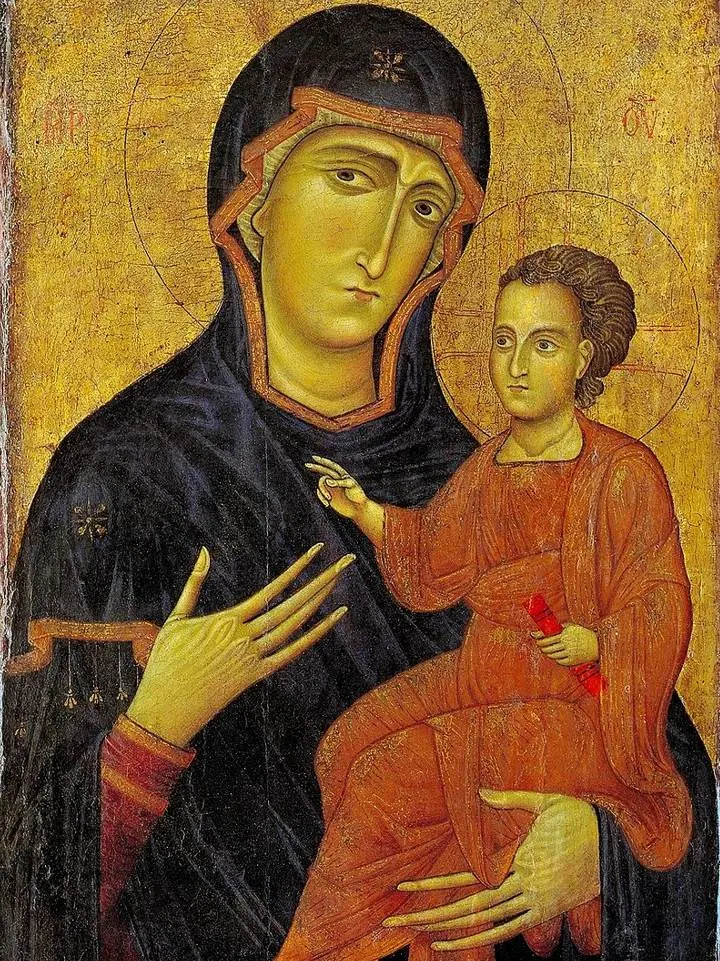It’s probably not surprising that very little is known about the life of this Romanesque artist. After all, he was active almost 800 years ago.
Berlinghiero (1175-1242), also known as “Berlinghiero Berlinghieri” or “Berlinghiero of Lucca,” left behind a number of famous Romanesque artworks that were highly influential at the time.
His art was influenced by artworks produced in the eastern part of Europe, something that was pretty common when he lived.
In this article, you’ll discover some of the most interesting facts about Berlinghiero, a mysterious artist who lived during the Middle Ages.
1. He was probably born in Lucca in the late 12th century
Berlinghiero is the name of an Italian artist who was likely born in Lucca, a city in the Tuscany region of central Italy.
We can only guess but it’s estimated that he was born in the mid-1170s and died in his native Lucca somewhen in the early 1240s.
Lucca is a relatively small city with a population of fewer than 90,000 inhabitants, but it has a rich history that goes back to antiquity. The ancient Romans already referred to it as “Luca.”
It also flourished during the Renaissance period and is therefore known as a “Città d’Arte” or “Arts town.” This refers to the remarkably well-preserved city walls and historic center.

2. His official name was derived from a crucifix that he signed
The real name of the artist remains unknown because there are only a few places where a reference to him is made.

One of these is a painted crucifix (1220) that mentions “Berlingerius me pinxit.” This translates to “Berlinghiero Painted Me” and can be seen as the artist’s signature.
This is also the only signed artwork by the painter and forms the base of other artworks that are linked to him.
This Crucifix painting is now part of the collection of the National Museum of Villa Guinigi in the artist’s home city Lucca.
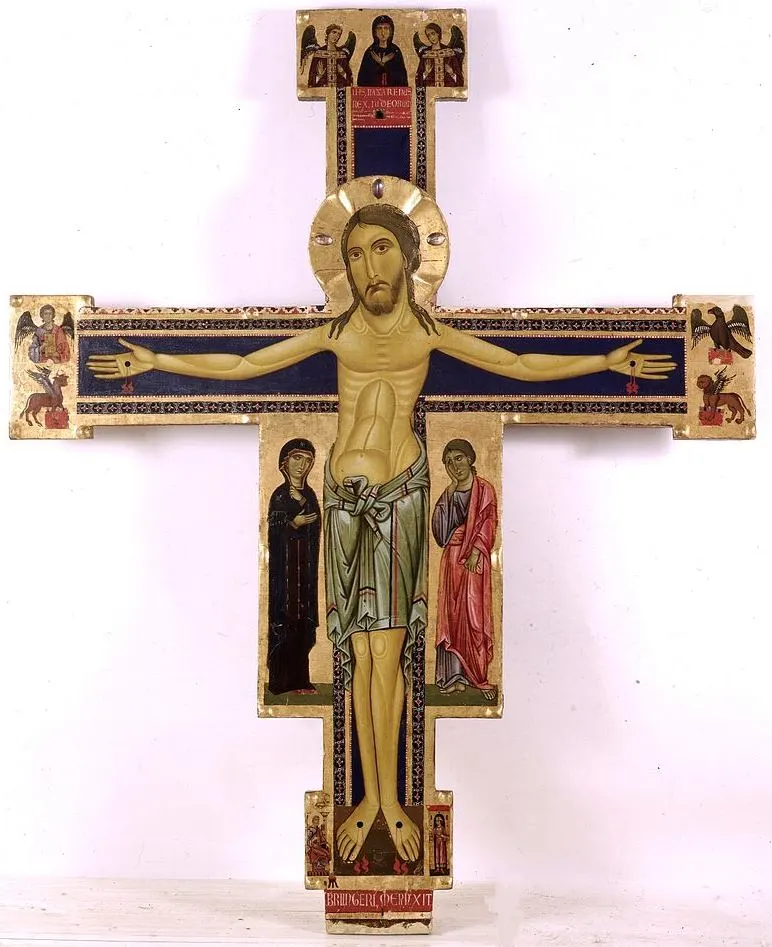
3. He was mentioned once more in a document written in the year 1228
Apart from the artworks he left behind, very little is known about the artist’s life. After all, he lived about 8 centuries ago.
Only one document has been found that mentions his name, a parchment written on March 22, 1228, mentions him as one of the residents of Lucca who swore to keep the peace with Pisa.
Lucca had been involved in a 5-year-long war with their neighbors, a pretty common occurrence during the highly fragmented landscape of the Middle Ages.

4. His style featured both Hellenistic and Byzantine influences
The term used to describe Berlinghiero’s art today is “Italo-Byzantine,” a style that refers to the Byzantine influence of artists in Itlay during the Middle Ages.
What the painter did was copy Byzantine icons and other religious paintings that came from the Byzantine Empire in the eastern part of Europe.
He also integrated the “Maniera Greca” into his art, the Greek style, a type of art that was highly criticized during the developments of the Renaissance a few centuries later.
The style emerged after the Sack of Constantinople in the year 1204 during the Fourth Crusade. This event resulted in the import of many Byzantine artworks to Italy in the early 13th century.
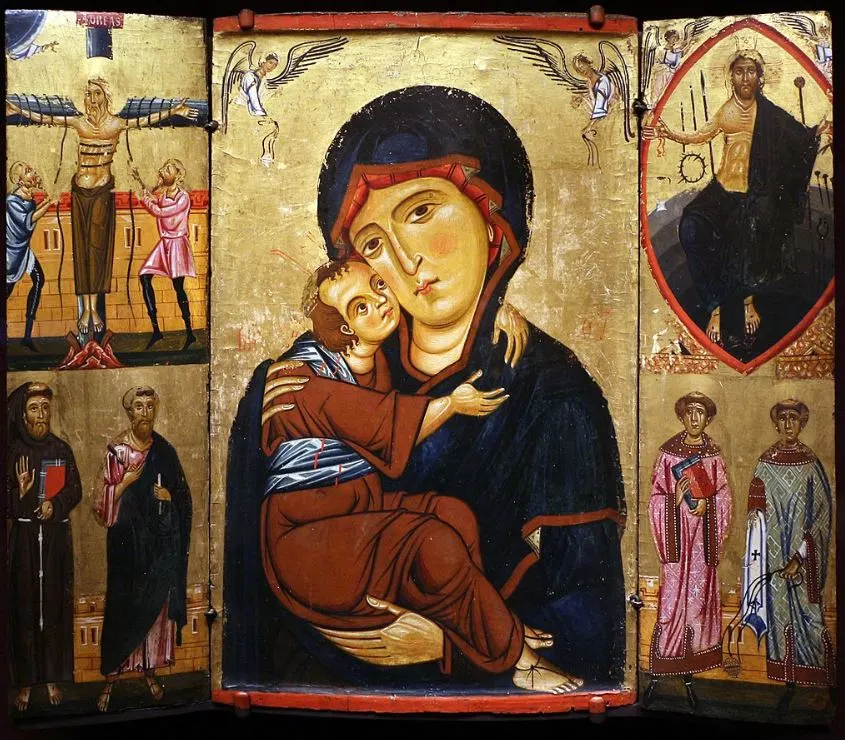
5. He had 3 sons who became renowned artists themselves
The limited information we have about the man’s life also includes the fact that Berlinghiero had at least 3 sons, all of whom became artists as well.
Their names were Barone Berlinghieri and Bonaventura Berlinghieri who were both active as painters, and Marco Berlinghieri who was a miniature painted and book illuminator.
Since they were likely trained by their father, the resemblance in style is hardly distinguishable from that of their famous dad.
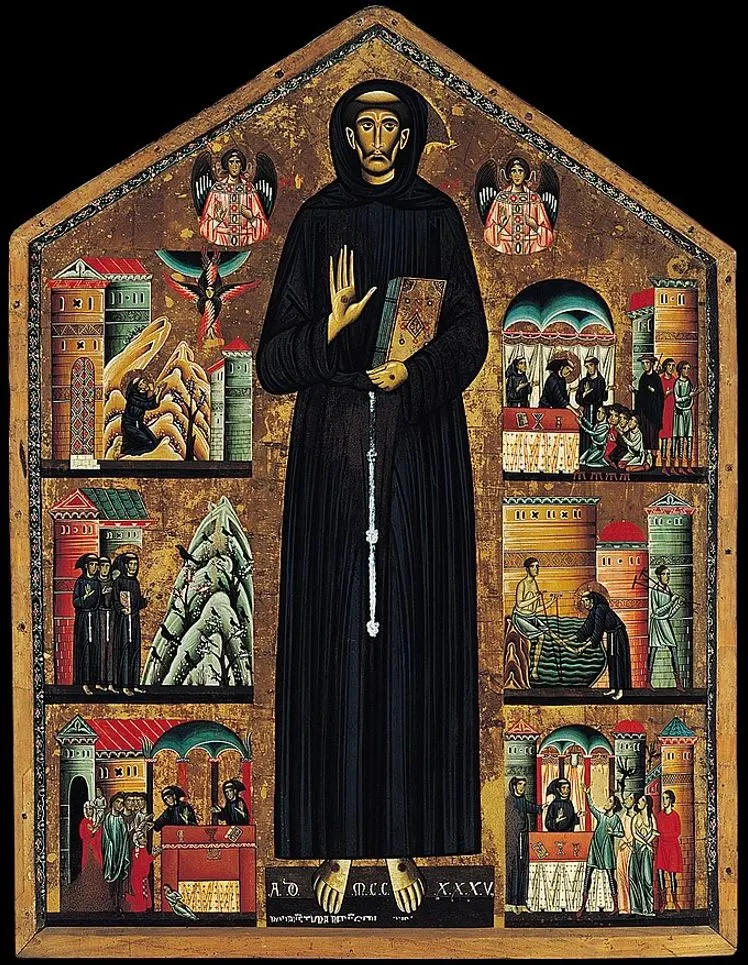
6. His earliest work dates back to the first decade of the 13th century
The crucifix painting that Berlinghiero completed and signed in 1220 has allowed art historians to link multiple other artworks to him.
His earliest surviving work was completed around 1210 and is titled “Madonna di sotto gli organic,” a typical Madonna painting that was inspired by similar Byzantine icons.
This painting is located inside the magnificent Cathedral of Pisa which stands right next to the world-famous Leaning Tower of Pisa (which is actually its free-standing bell tower).

7. He decorated the façade of a basilica in his home city magnificently
His earliest work and the crucifix are relatively small paintings, but this doesn’t mean that he limited himself to delicate little works of art.
Arguably the most amazing artwork that is dedicated to him is the huge mosaic that decorates the façade of the Basilica di San Frediano in Lucca.
The church itself was constructed between 1112 and 1147 and Berlinghiero added the golden mosaic to it in the first half of the 13th century.
The Byzantine-style mosaic is known as the “Ascension of Christ the Saviour” and depicts Christ joined by two angles. It also features the 12 apostles below the main section.
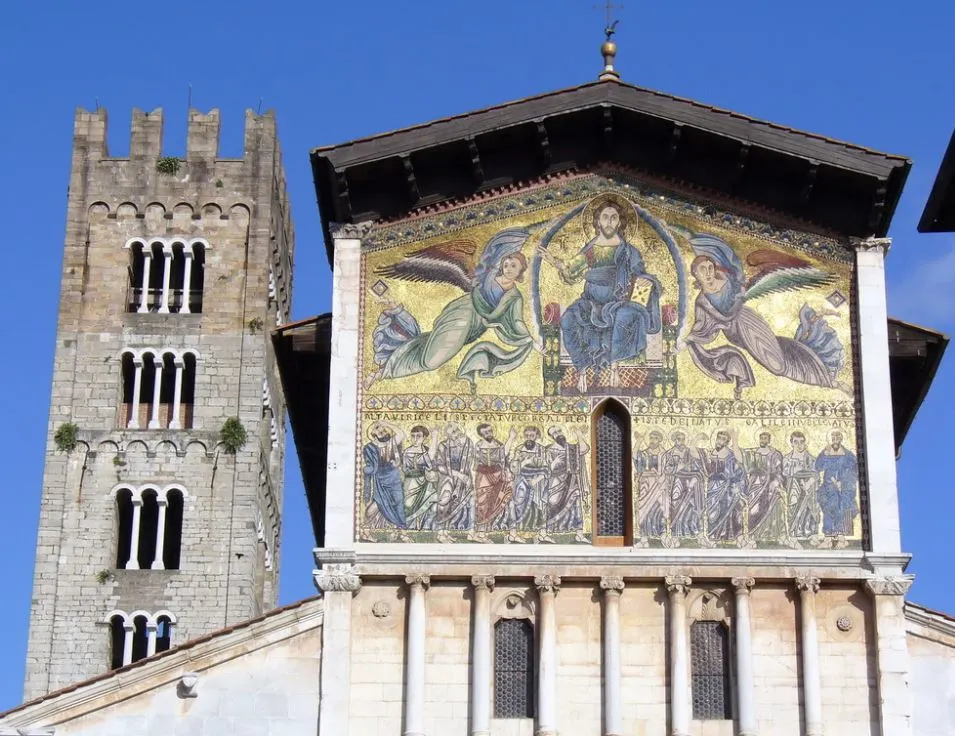
8. His most famous work is on display in a popular museum in New York City
If you plan to visit one of the best art museums in New York City then you can admire one of Berlinghiero’s ultimate masterpieces.
The title of this tempera on wood painting is “Madonna and Child” (1230) and it’s part of the collection of the Metropolitan Museum of Art.
It’s one of many works of this period that are classified as “Hodegetria” or “She who shows the way.” That’s because the Virgin Mary gently points toward Jesus Christ who holds a scroll in his hand.
